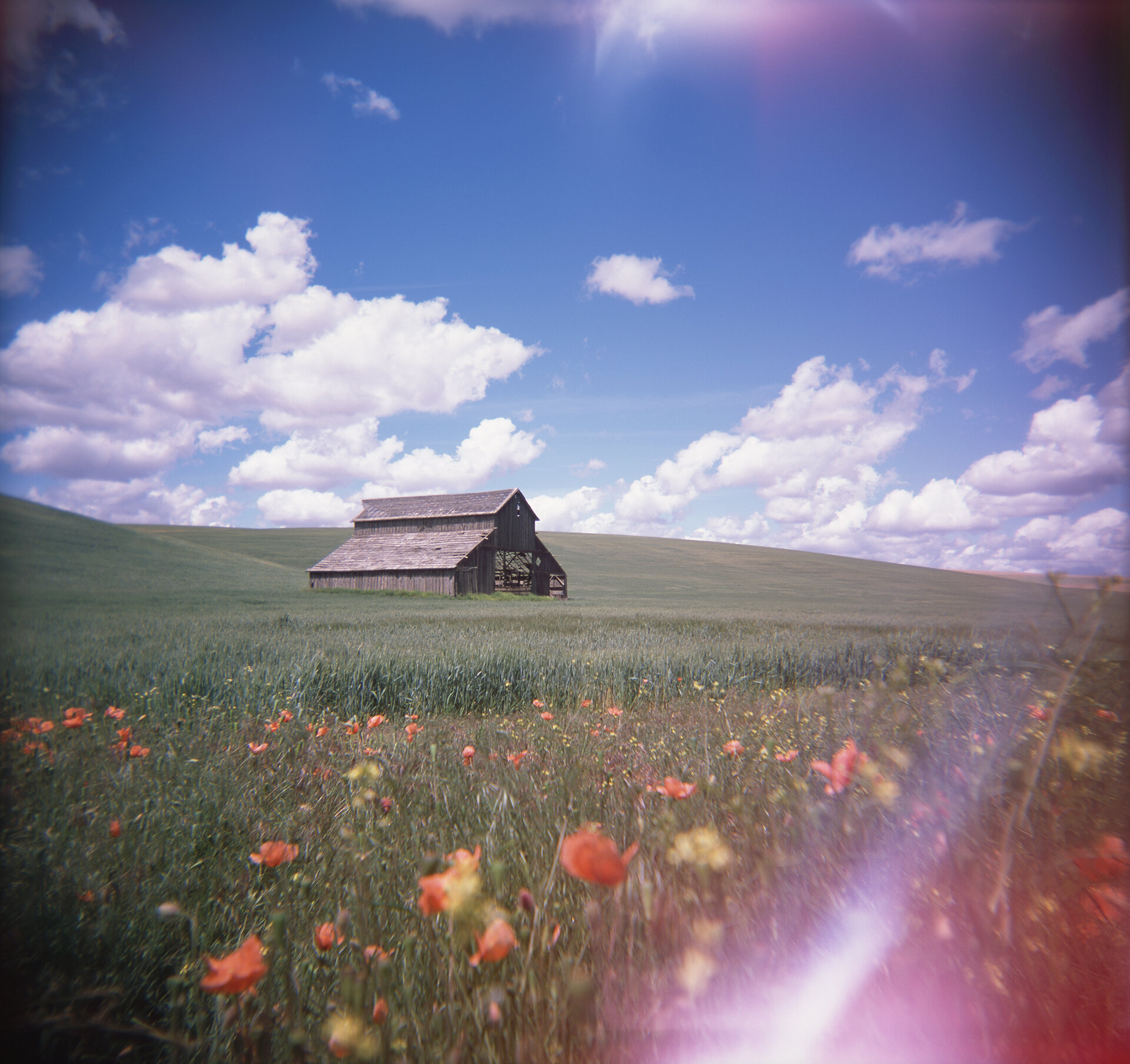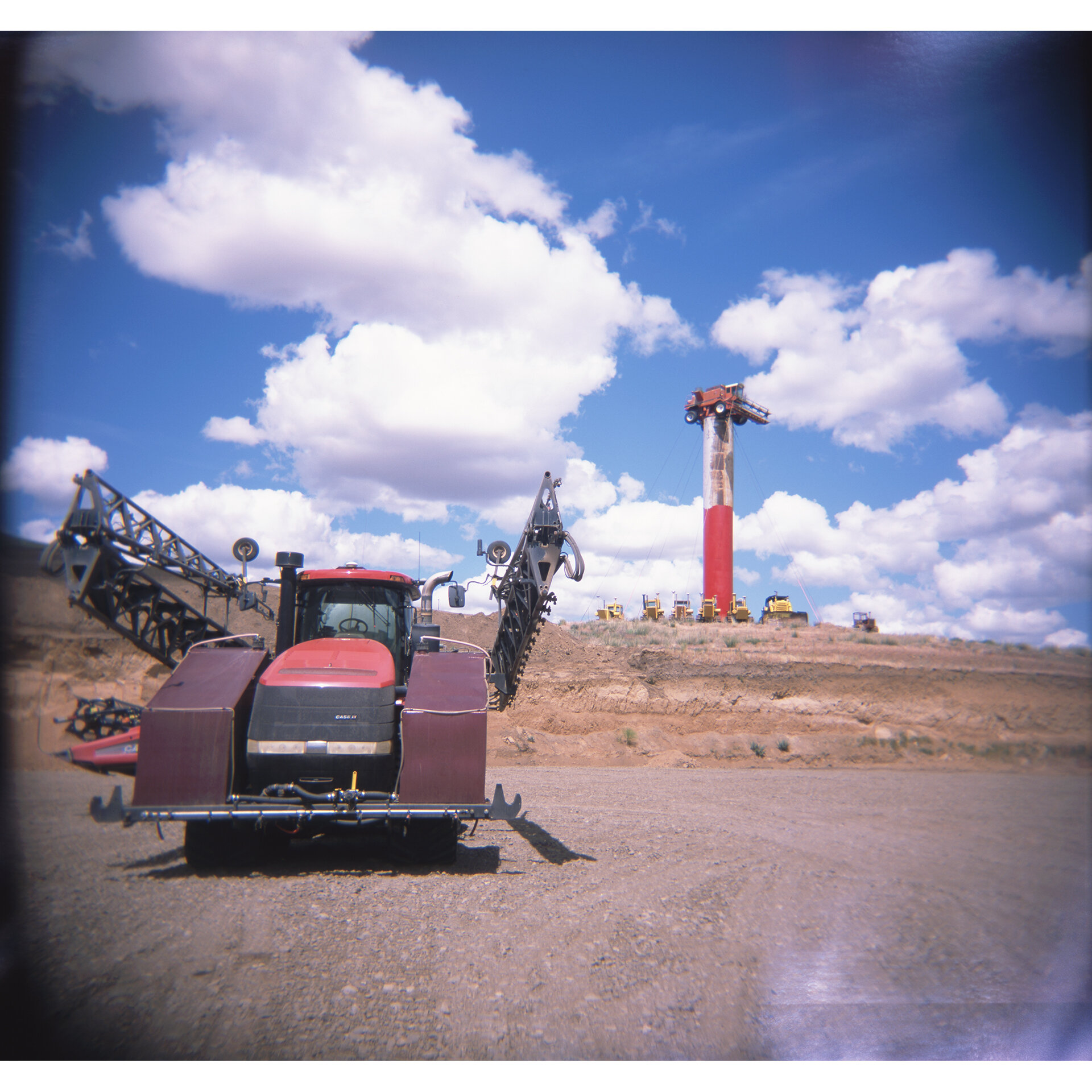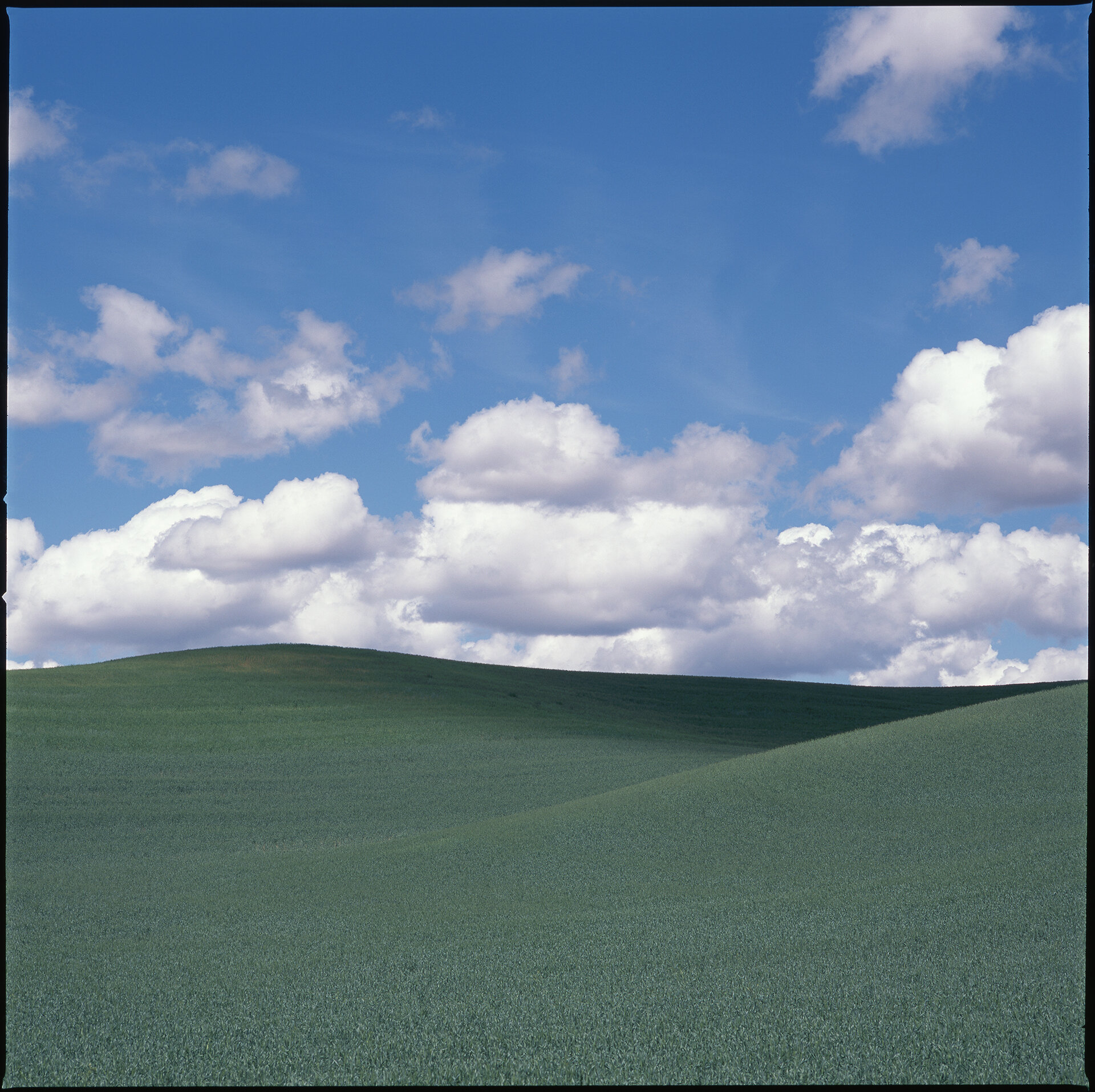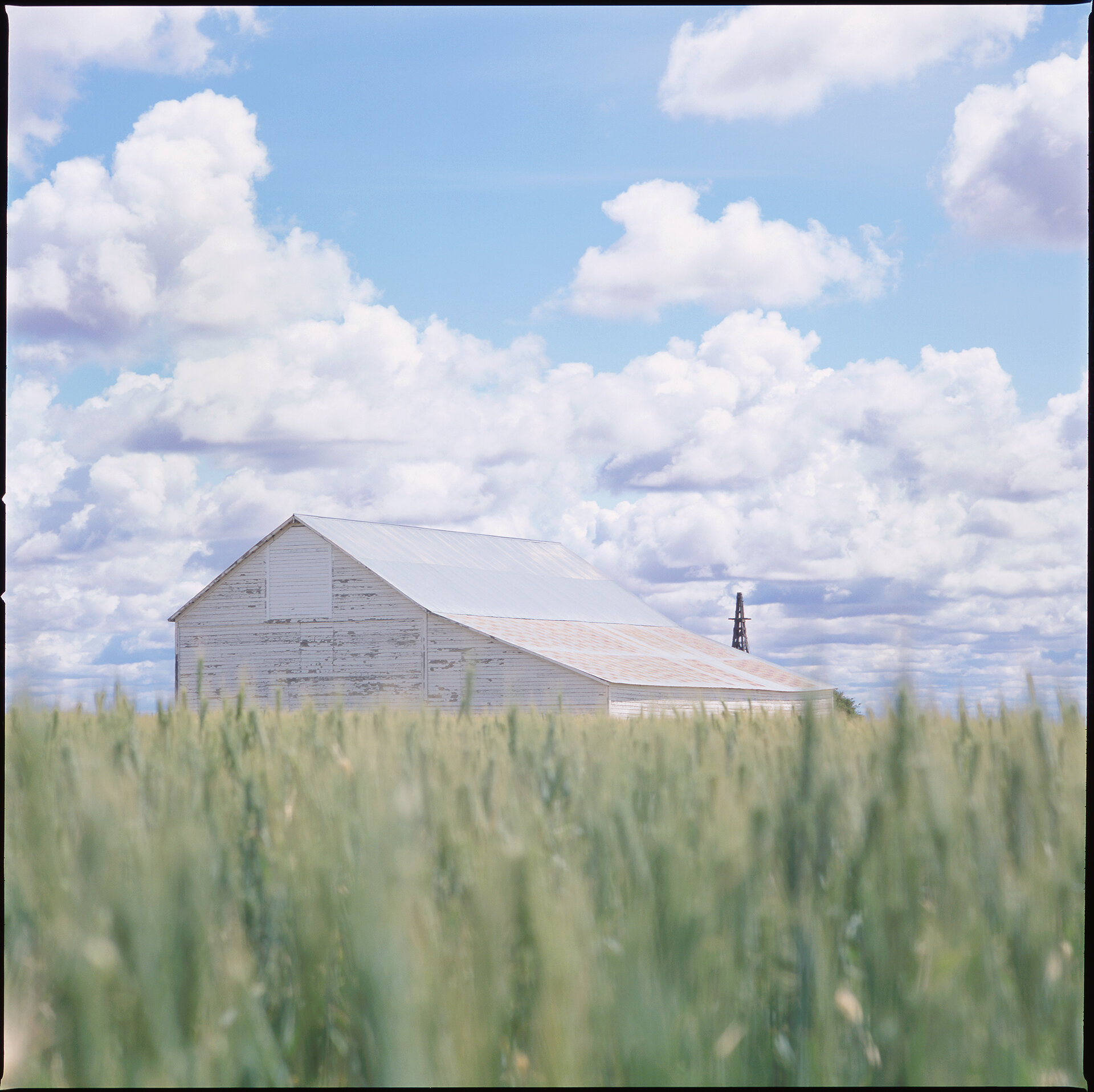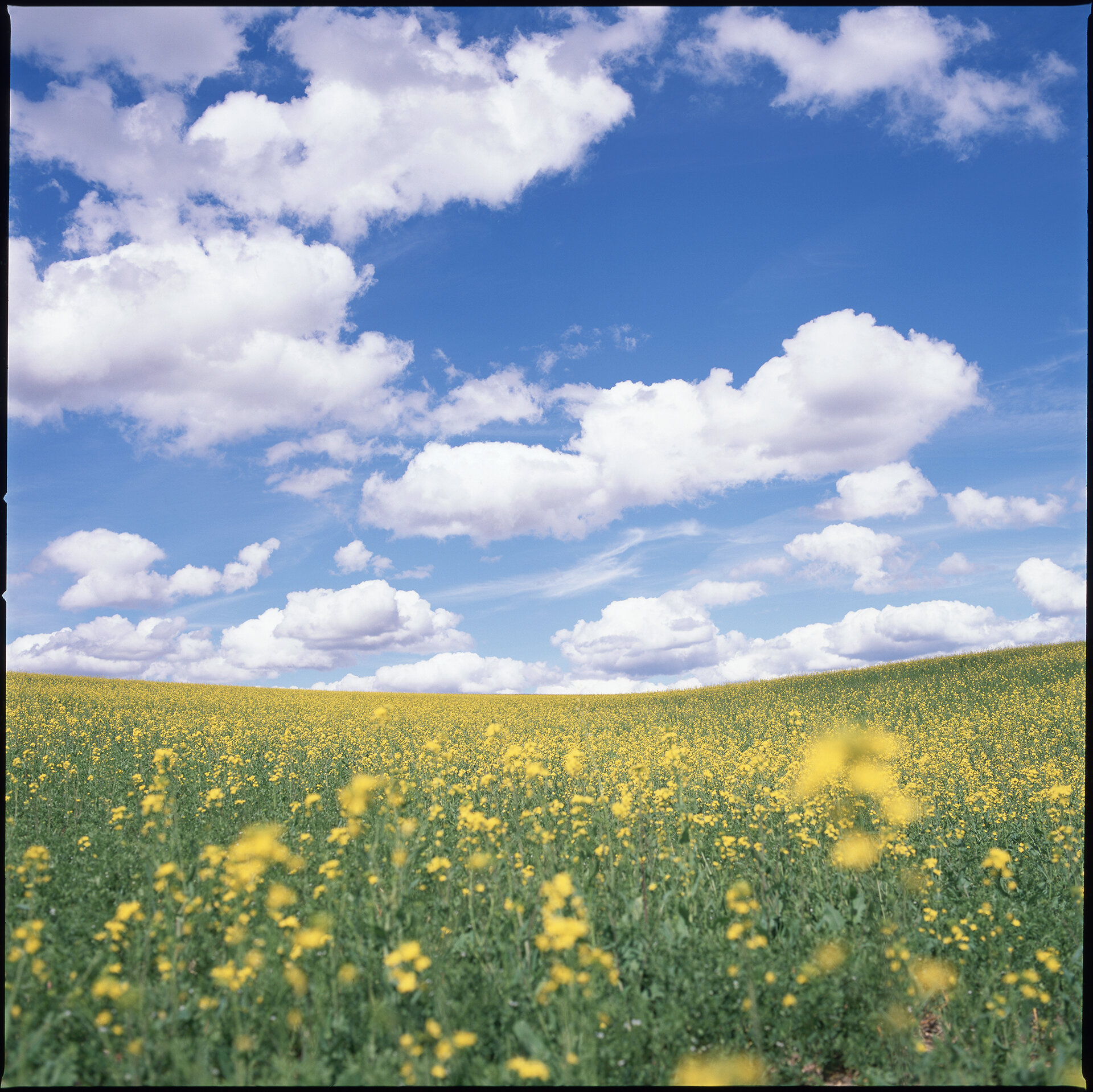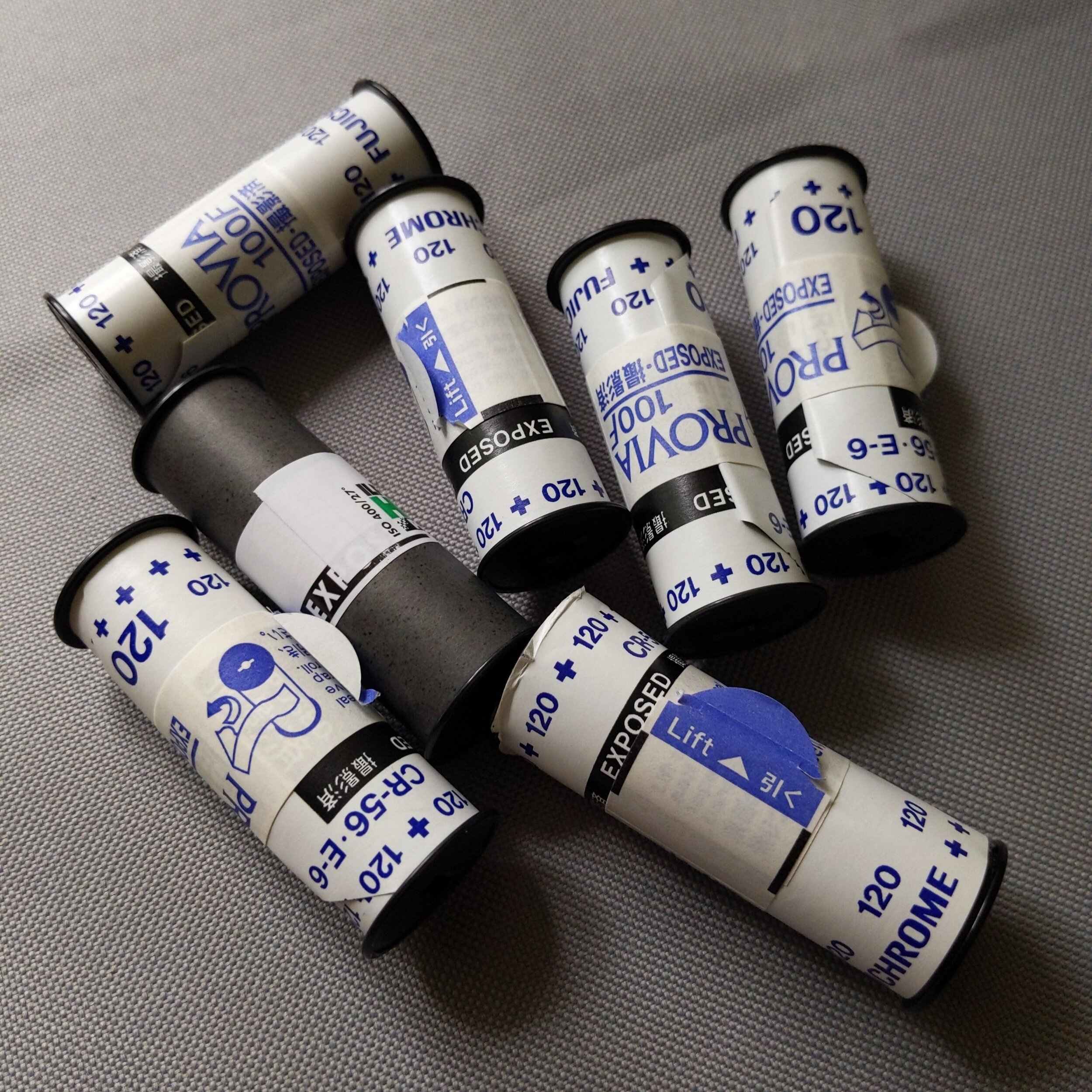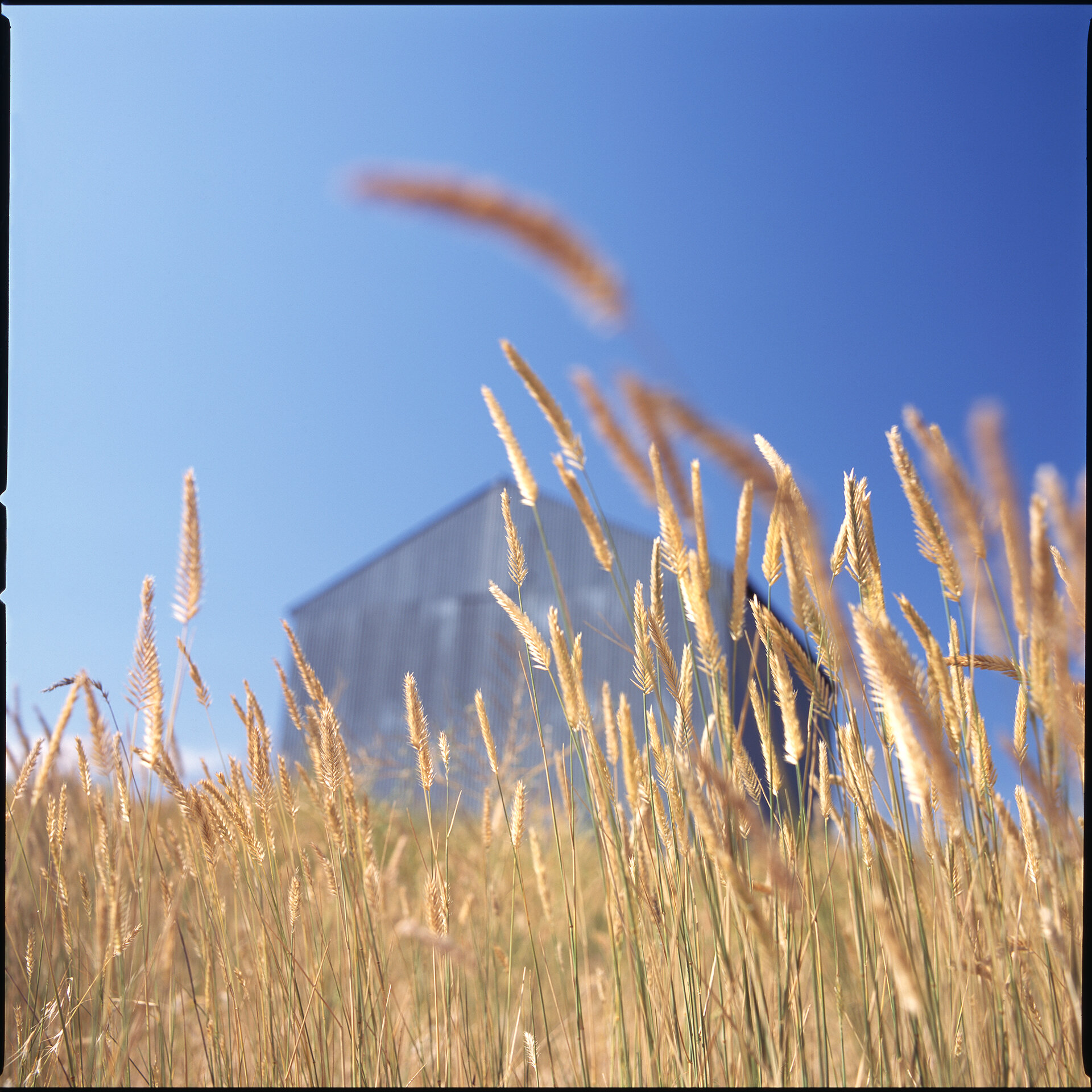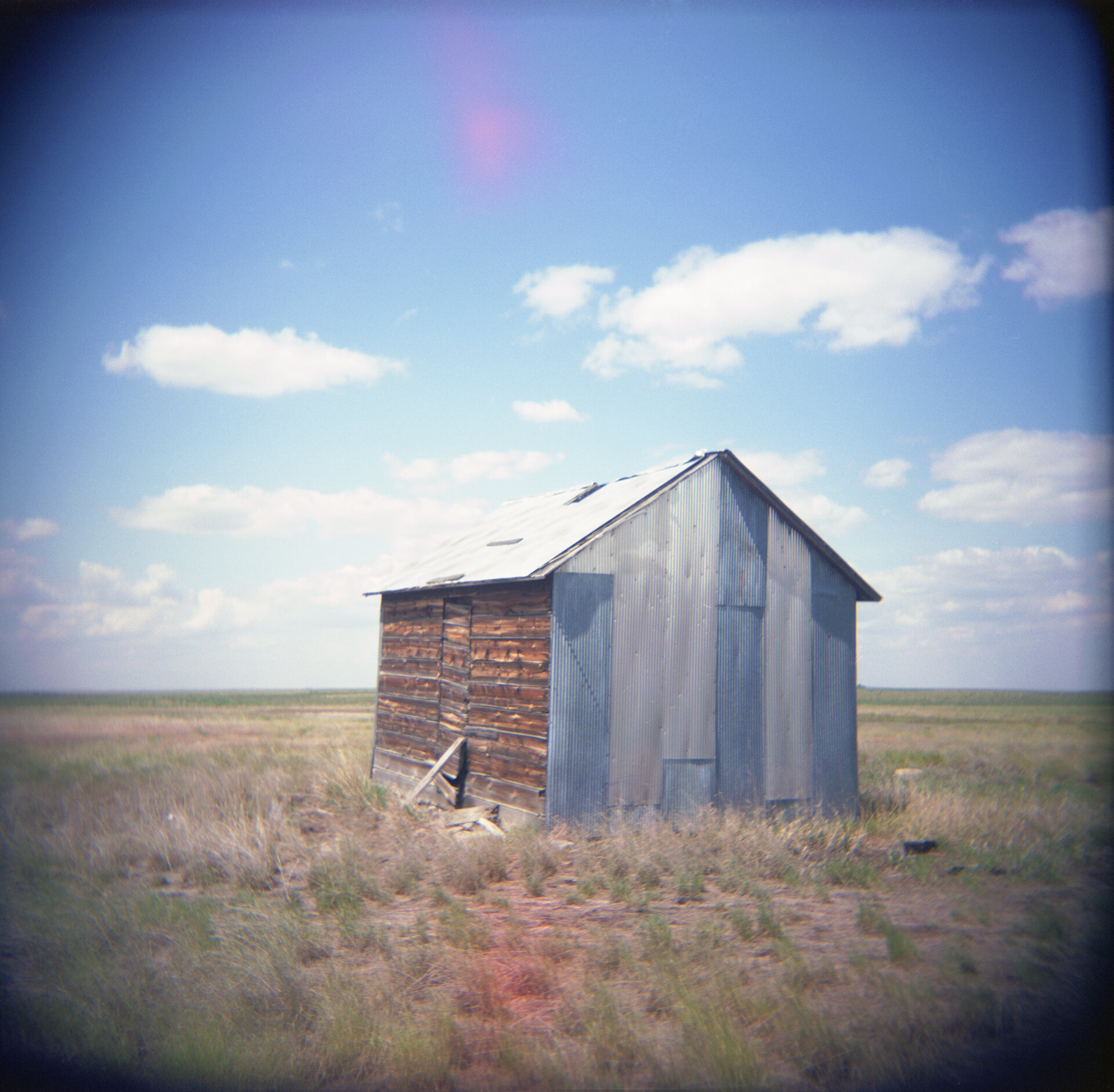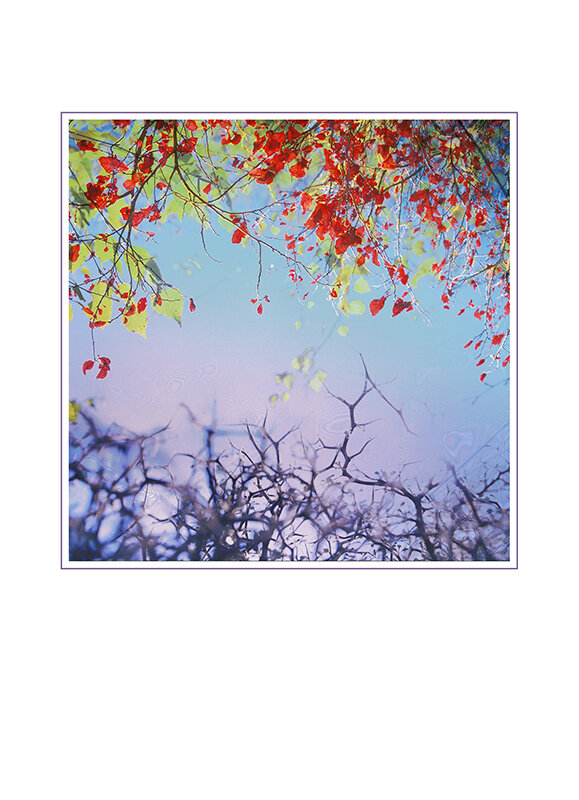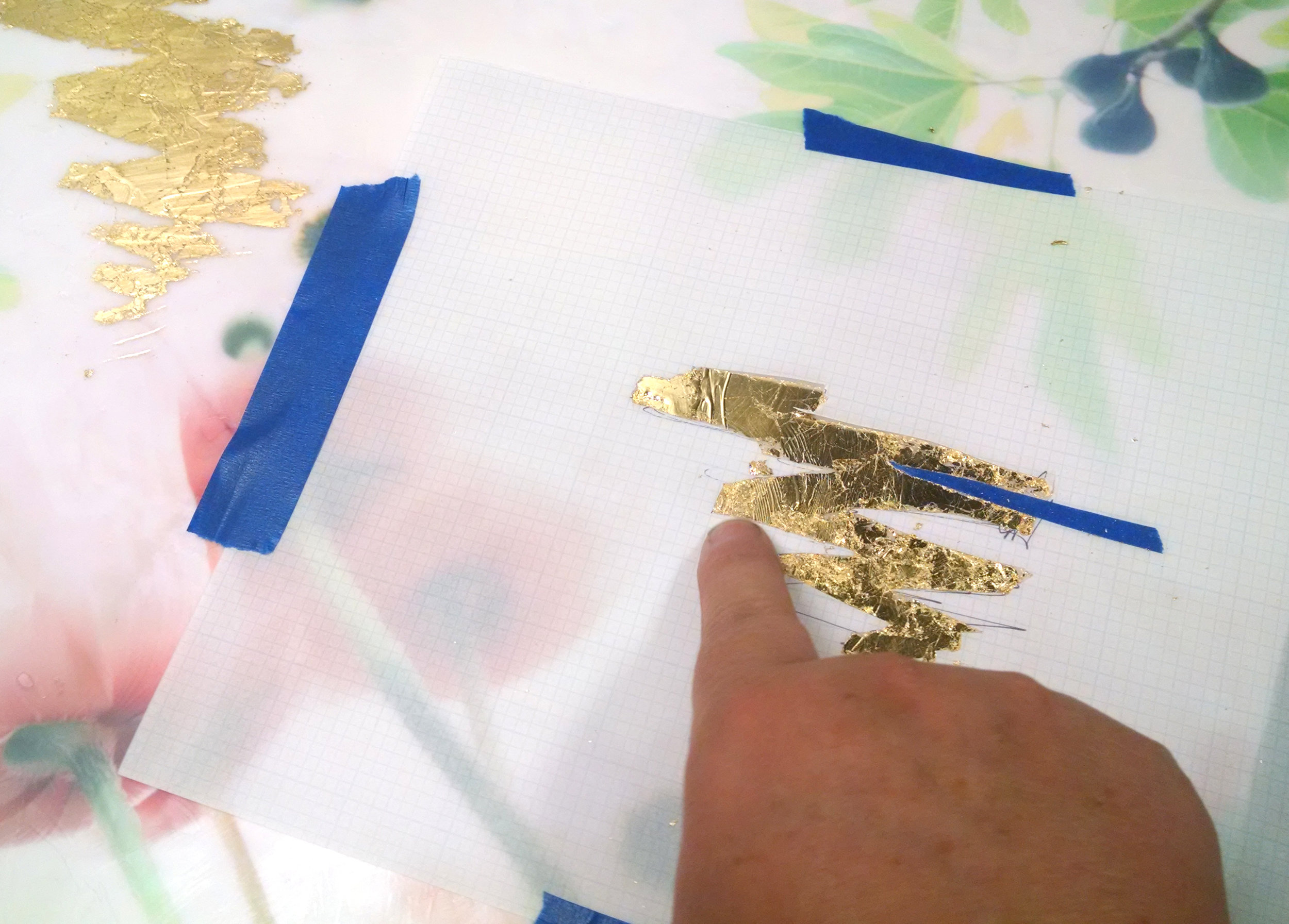I’ve been travelling this month to where I consider “old stomping grounds.” I’ve been primarily a landscape photographer for the last 20 years, at least, that’s been the imagery I’ve gravitated to consistently. I feel like that’s changing. This conceptual shift in what imagery I make has shifted since I’ve begun working on a bigger project for my upcoming show at CORE Gallery in August, 2024. I’ve taken the odd simple, graphic, abstract image of farming equipment while out in Eastern Washington over the years. Over time, these images, while sparse in quantity, have made me stop and see something intriguing. It wasn’t until last year that I began focusing on this as a conceptual shift in what I photograph.
Until I began working on finalizing my upcoming exhibit, PURE, I considered myself a landscape and botanical photographer. The project I am developing is based on abstract imagery of industry, having started with farming and agriculture. I started to see large shapes, shadows, and clouds as graphical elements. My brain had shifted from scenery, place, emotional connection to the physical world, to color, form, texture. It’s been exciting to focus on this new way of seeing the world around me.
I participated in the Photographic Center Northwest’s annual fundraiser, Chase the Light last weekend, and I planned on going to the Palouse, a mecca for landscape photography here in Washington state. Instead, I found myself photographing water tanks, silos, and grain elevators rather than rolling hills. I barely made it to the Palouse in time to photograph a few fields lush with yellow blossoms (rapeseed crop) before the daylight started to ebb. These new images are where my current interest and passion are, so it’s what I’ve been focusing on most recently. As any creative person knows, it’s good to change it up. It’s good to try new things. There’s no path to growth by doing the same thing over and over again. After 20 years of photographing Eastern Washington landscapes, it’s good to look at the same location and see other opportunities. So for now, I’m searching out industrial plants, agricultural facilities, and chemical plants. Landscapes are still going to happen, but for now, they are taking a back seat.



